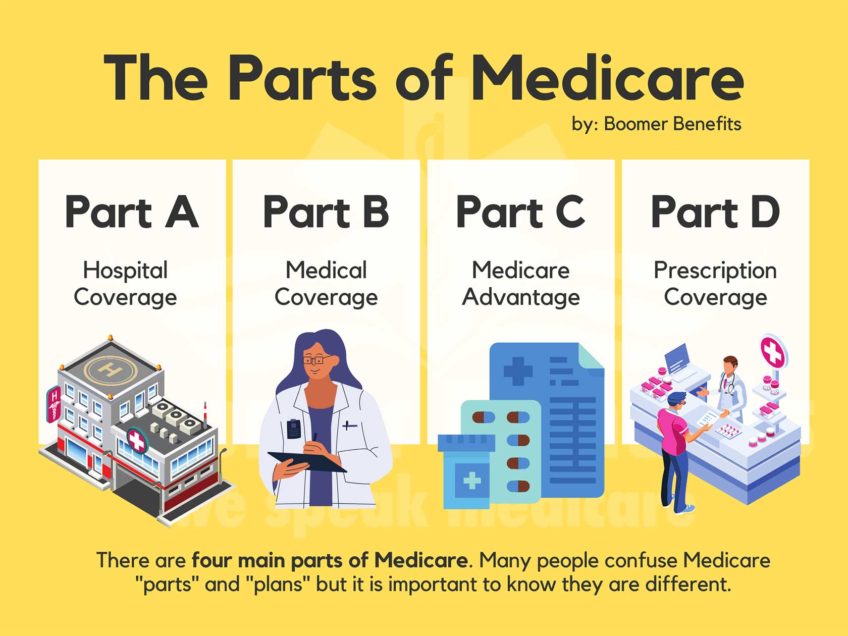WASHINGTON — Take the generic drug clonidine for high blood pressure? Double-check that you didn’t leave the drugstore with Klonopin for seizures, or the gout medicine colchicine.
Mixing up drug names because they look or sound alike — like this trio — is among the most common types of medical mistakes, and it can be deadly. Now new efforts are aiming to stem the confusion, and make patients more aware of the risk.
Nearly 1,500 commonly used drugs have names so similar to at least one other medication that they’ve already caused mix-ups, says a major study by the U.S. Pharmacopeia (USP), which helps set drug standards and promote patient safety.
Last week the influential group opened a Web-based tool to let consumers and doctors easily check if they’re using or prescribing any of these error-prone drugs, and what they might confuse it with. Try to spell or pronounce a few on the site — www.usp.org — and it’s easy to see how mistakes can happen. Did you mean the painkiller Celebrex or the antidepressant Celexa?
Due out later this fall is a more patient-oriented Web site, a partnership of the nonprofit Institute for Safe Medication Practices and online health service iGuard.org, that will send users e-mail alerts about drug-name confusion.
And the Food and Drug Administration — which currently rejects more than a third of proposed names for new drugs because they’re too similar to old ones — is preparing a pilot program that would shift more responsibility to manufacturers to guard against name confusion. The goal is to spell out how to better test for potential mix-ups before companies seek approval to sell their products.
“There are so many new drugs approved each year, this problem can only get worse,” warns USP vice president Diane Cousins.
At least 1.5 million Americans are estimated to be harmed each year from a variety of medication errors, and name mix-ups are blamed for a quarter of them.
Rarely does a company change a drug’s name after it hits the market, although it’s happened twice since 2005. The Alzheimer’s drug Reminyl now is named Razadyne, after mix-ups, including two reported deaths, with the old diabetes drug Amaryl. The cholesterol pill Omacor is now named Lovaza, after mix-ups with blood-clotting Amicar.
Doctors’ notoriously bad handwriting isn’t the only culprit. A hurried pharmacist faced with alphabetized bottles on a shelf might grab the wrong one.
Nor are computerized prescriptions a panacea. A doctor who e-prescribes still can click the wrong row on the alphabetized screen, picking the bone drug Actonel instead of the diabetes drug Actos.
Phone or fax a prescription, and static or smudged ink can turn the epilepsy drug Lamictal into the antifungal pill Lamisil.
Harder to measure but perhaps more common: A doctor means to prescribe a new drug but spells out a similar-sounding old one out of habit. Or the patient misspells or mispronounces one of his drugs, and a health worker assumes it’s the schizophrenia drug Zyprexa, not the antihistamine Zyrtec.
“We’ve had cases where a health care professional repeats what they think the patient’s on, and the patient thinks they must know what they’re talking about and agrees,” says USP’s Cousins.
Enter the new Web tool. Cousins advises consumers to check it against their current medications, so they know to pay more attention to confusing ones at refill time.
Question the pharmacist if the tablets look different than last time — it might just be a new generic, or it might be the wrong drug altogether, says pharmacist Marjorie Phillips, medication safety coordinator at MCGHealth, the Medical College of Georgia’s health system.
Patients also can ask their doctors to write the diagnosis on the prescription, a step that pharmacists told the Institute for Safe Medication Practices would help them prevent errors.
“What they consider most important is knowing why the medication is used,” says institute president Michael Cohen. “It would go a long way to interrupt a lot of these mix-ups.”
Write “for heart” next to “clonipine,” for example, and a pharmacist is less likely to grab similar-sounding gout pills.
But specialists are urging more research on another widely touted solution: Writing drug names in an eye-catching mix of upper- and lower-case letters. It sometimes helps, but can backfire, warns Dr. Ruth S. Day, director of Duke University’s medical cognition laboratory. She found users of a heart drug got even more confused with it was written NIFEdepine — because the change made them pronounce it “KNIFE-duh-peen” instead of “nie-FEH-duh-peen.”
Lauran Neergaard covers health and medical issues for The Associated Press in Washington.
(Associated Press)






